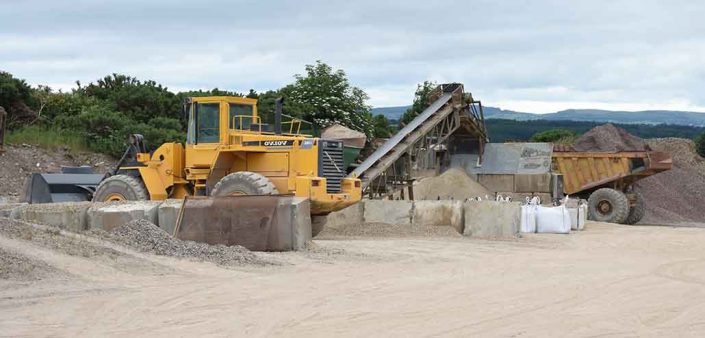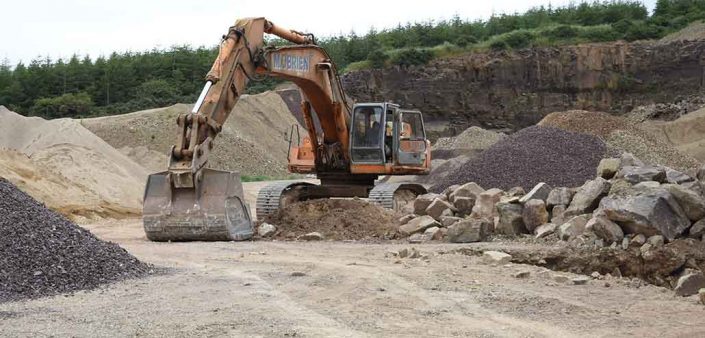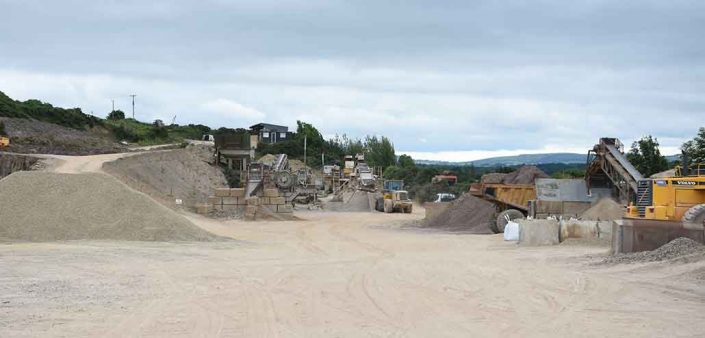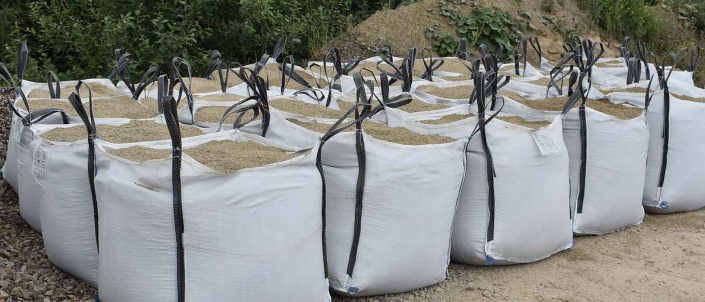About us.
History of Kiltorcan Quarry:
The Quarry at Kiltorcan is 400 million years old and is internationally known for its rich assemblage of fossil ferns since 1853. As well as the large and spectacular plant fossils, the site has yielded freshwater bivalve, crustacean and fish fossils (freshwater mussel shells, fish scales and some rare arthropods) – providing a well preserved snapshot of life at the end of the Devonian period (400 million years ago) when significant evolution amongst plants was taking place. There are pieces on display in The National History Museum in Dublin and the Rothe House Museum in Kilkenny. The site is of international importance.
How the quarry was formed:
A large portion of Ireland is covered in sandstone deposits, formed during the Devonian age. During this time, Ireland was situated just south of the equator and was part of a large continent known as the Old Red Sandstone Continent, which was mostly desert and was subject to occasional flash floods. Large amounts of sand were transported by rivers to be deposited in layers which over time were compressed down to form sandstone rocks. At this time, life was beginning to emerge from the oceans. Archaeopteris species were some of the first trees to grow on the Earth and examples of these have been found in fossils here in the quarry at Kiltorcan. The overlying Kiltorcan Formation consists of yellow sandstones, purple / red, yellow and green mudstones.





